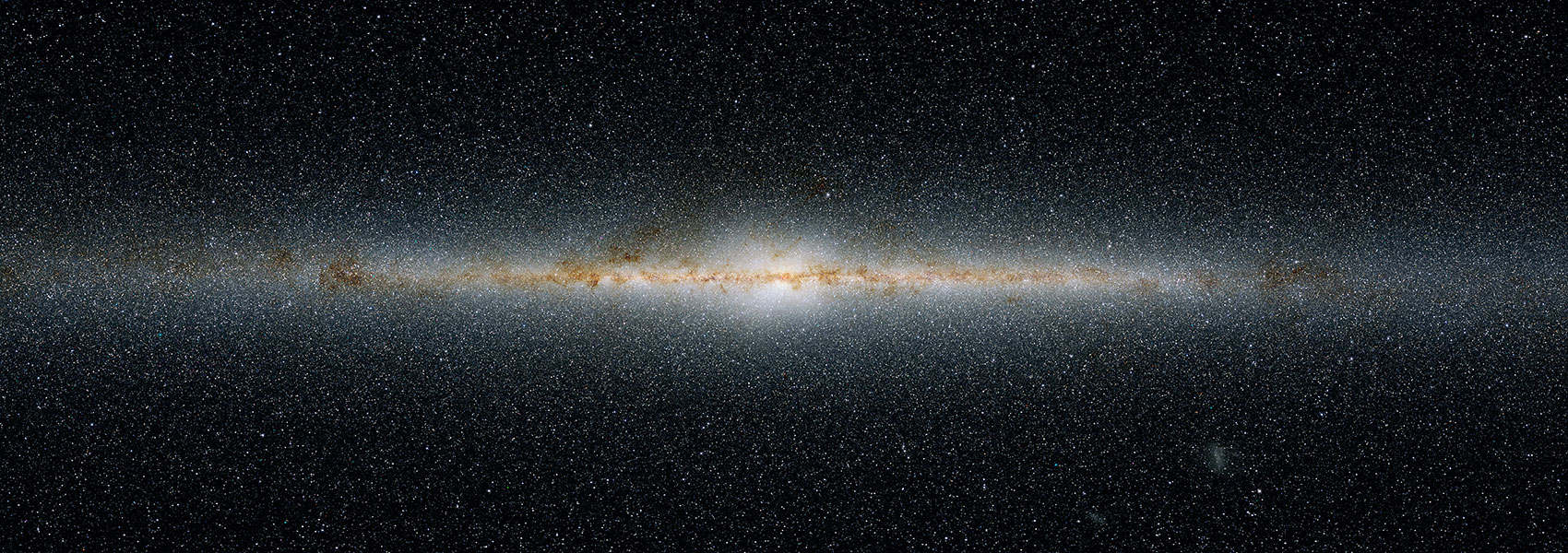February
2022
•
2022MNRAS.510L...7K
Authors
•
Kasliwal, Mansi M.
•
Kasen, Daniel
•
Lau, Ryan M.
•
Perley, Daniel A.
•
Rosswog, Stephan
•
Ofek, Eran O.
•
Hotokezaka, Kenta
•
Chary, Ranga-Ram
•
Sollerman, Jesper
•
Goobar, Ariel
•
Kaplan, David L.
Abstract
•
We report our Spitzer Space Telescope observations and detections of the binary neutron star merger GW170817. At 4.5 μm, GW170817 is detected at 21.9 mag AB at +43 days and 23.9 mag AB at +74 days after merger. At 3.6 μm, GW170817 is not detected to a limit of 23.2 mag AB at +43 days and 23.1 mag AB at +74 days. Our detections constitute the latest and reddest constraints on the kilonova/macronova emission and composition of heavy elements. The 4.5 μm luminosity at this late phase cannot be explained by elements exclusively from the first abundance peak of the r-process. Moreover, the steep decline in the Spitzer band, with a power-law index of 3.4 ± 0.2, can be explained by a few of the heaviest isotopes with half-life around 14 d dominating the luminosity (e.g. 140Ba, 143Pr, 147Nd, 156Eu, 191Os, 223Ra, 225Ra, 233Pa, 234Th) or a model with lower deposition efficiency. This data offers evidence that the heaviest elements in the second and third r-process abundance peak were indeed synthesized. Our conclusion is verified by both analytics and network simulations and robust despite intricacies and uncertainties in the nuclear physics. Future observations with Spitzer and James Webb Space Telescope will further illuminate the relative abundance of the synthesized heavy elements.
Links



